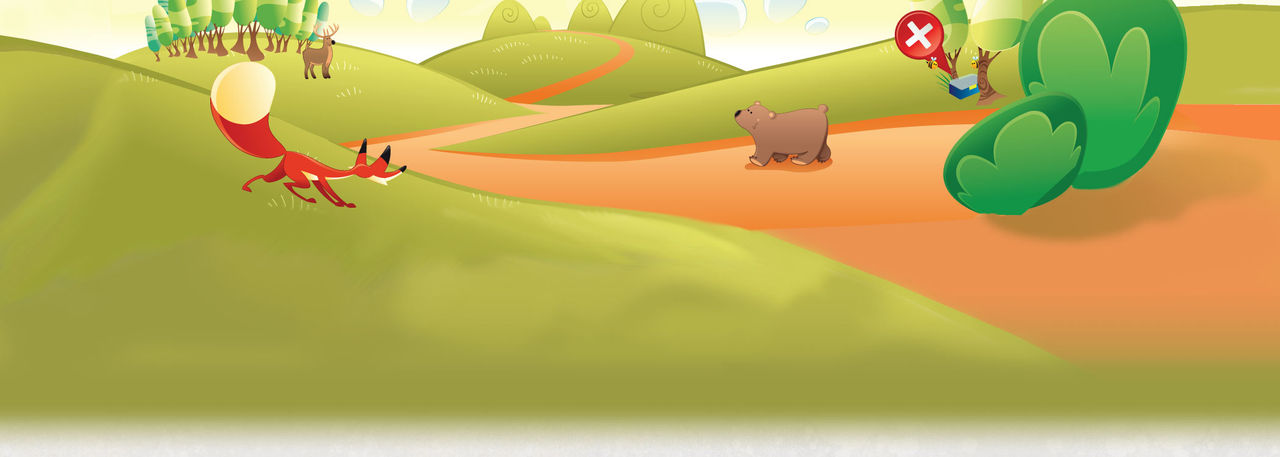The basics
Geocaching is a high-tech treasure hunting game played throughout the world by adventure seekers equipped with Global Positioning System (GPS) devices. It is an outdoor game enjoyed by people from all age groups, with a strong sense of community and support for the environment.
The basic idea of geocaching is to locate or hide containers — called caches — outdoors and then share your experiences online.
To hide a cache, the geocacher chooses the location and the type of cache, stows the cache then publishes this information on various geocache sites, along with clues for the searcher.
To find a cache, the explorer must enter coordinates of the cache's location in a GPS, trek through an outdoor location to discover it, log his or her find then return it to its original hiding place. Sometimes geocachers will take something from the cache, leave something in the cache for others or write about his or her findings in a logbook.
The CWF caches are considered "easy" — just the thing to get you started! They are kid-friendly adventures and are usually best done when the snow melts. Enjoy!
Where are caches located?
Geocaching can be just a walk in the park – literally! Caches can be created in ultra-urban locations like under a city park bench to tree hidey-holes deep in the Rocky Mountains. Since anyone can create a cache, the locations depend entirely on the destination of the geocacher.
How did geocaching get started?
Geocaching really took off in the year 2000 when great piles of de-classified satellite data became available for civilian use. The first cache – or stash, back then – was in Oregon’s back country. The cacher posted the coordinates online and the rest is history!






